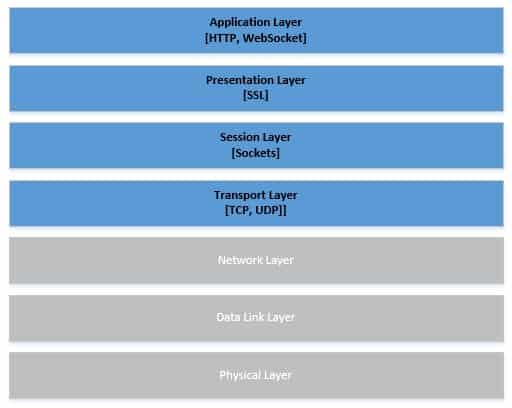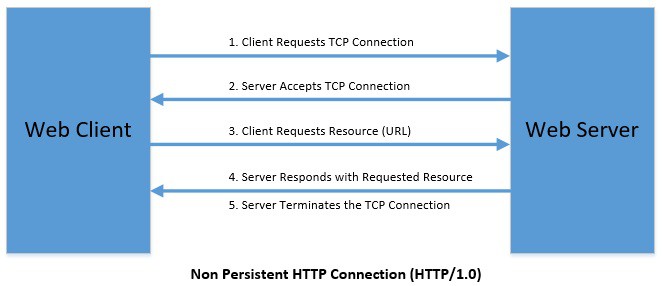Introduction to Java EE
Java EE simply stands for Java Enterprise Edition (J2EE) is a set of specifications expelling Java SE with specifications for enterprise features such as distributed computing and web services. Currently it is called as Jakarta EE.
Throughout this article we are going to discuss about the additional features enabled in Java EE apart from Java SE specification.
Java EE Specifications can be categorised under different kind of sub categories. They are:
- Web Specifications of Java EE
- Web Service Specifications of java EE
- Enterprise Specifications of Java EE
- Other Specifications of Java EE
1. Web Specifications of Java EE
Let's discuss some of the Web Specifications of Java EE Specification.
- Servlet
- Web Socket
- Java Server Faces
- Unified Expression Language
Servlet
This Specification defines how you can manage HTTP requests either in a synchronous way. It is low level, and other specifications depend on it.
Life Cycle Methods of a Servlet
- new() - Loading and Instantiation State
- init() - Initialization State
- service() - Service Ready State
- destroy() - Destruction State
- finalize() - Eligible for Garbage Collection
Web Socket
WebSocket is a computer communication protocol, and this API provides a set of APIs to facilitate WebSocket connections. Web Socket Provides an alternative to the limitation of efficient communication between the server and the web browser (client) by providing bi-directional, full-duplex, real-time client/server communications. The server can send data to the client at any time. Because it runs over TCP, it also provides a low-latency low-level communication and reduces the overhead of each message.


Java Server Faces
This is a service which helps in building GUI out of components. Firstly, there may be a confection between JSP and JSF. So, firstly let's clear it first.
JSF is a web-based application that used to simplify the development integration of web-based user interfaces. While JSP is a java-based technology used respectively in order to support software developers create dynamic web pages. JSP must be compiled in java byte code in order to work properly.
Unified Expression Language
It is a simple language which was designed to facilitate web application developers.
2. Web Service Specifications in Java EE
- Java API for Restful Web Services.
- Java API for Json processing.
- Java API for Json Binding.
- Java Architecture for XML Binding.
- Java API for XML Web Services.
3. Enterprise Specifications of java EE
- Contexts and dependancy Injection.
- Enterprise JavaBean.
- Java Persistance API
- Java Transaction API.
- Java Message Service.
4. Other Specifications of Java EE
- Validation.
- Batch Applications.
- Java EE Connector Architecture.
Java Reflection API
Java reflection is a process of examining or modifying the run time behaviour of a class at runtime.
For an Example the java.lang.Class class provides many methods that can be used to get metadata, examine and change the runtime behaviour of a class.
Reflections API mainly used in,
- IDE (Integrated Development Environment)
- Debugger
- Test Tools









0 Comments